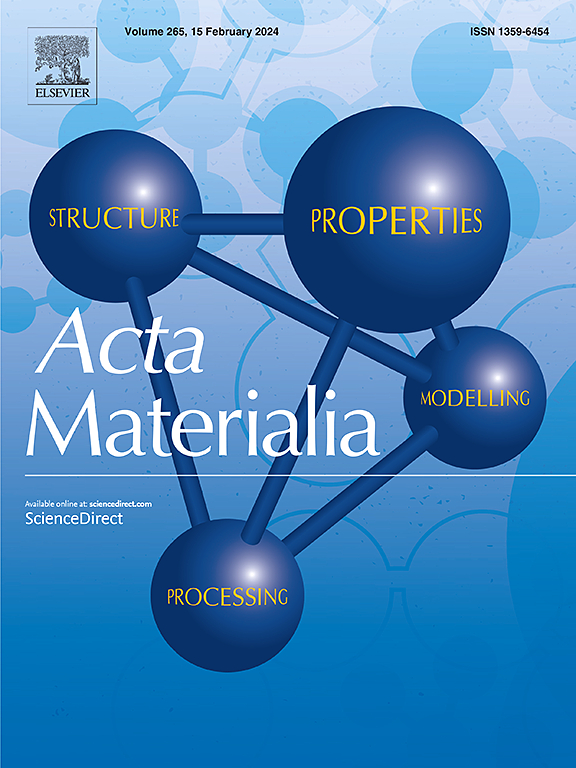用于高效热化学水分解的铁基相变氧化物的结构见解
IF 9.3
1区 材料科学
Q1 MATERIALS SCIENCE, MULTIDISCIPLINARY
引用次数: 0
摘要
两步热化学水裂解(TWS)是一种很有发展前途的绿色制氢技术,它利用金属氧化物作为氧化活性材料裂解蒸汽。在两步TWS商业化的几个挑战中,现有氧化还原材料的有限性能已被确定为一个关键问题。在这里,我们报道了一类相变氧化物,贫铁镍铁氧体(nfo),作为两步TWS极有前途的氧化还原材料,克服了现有材料的局限性。在更有利的反应条件下,这些材料的H2O-to-H2转化率为0.528% /氧化物,优于目前最先进的材料。/ goxide 0.250%。假设并实验验证了贫铁nfo中的氧化还原活性阳离子,建立了基本的结构-性质关系。我们的研究结果表明,两种活性阳离子之间的氧化还原摆动程度与水分解性能密切相关。密度泛函理论计算表明,活性位点的数量和表面反应能在决定氧化还原摆动程度和水裂解性能方面起着关键作用。本研究不仅介绍了贫铁nfo作为两步TWS的最新材料,而且还提供了可广泛应用于高效氧化还原氧化物设计的基本见解。本文章由计算机程序翻译,如有差异,请以英文原文为准。


Structural insights into iron-based phase transformation oxides for highly efficient thermochemical water splitting
Two-step thermochemical water splitting (TWS) is a promising green hydrogen production technology in which metal oxides are used as redox-active materials to split steam. Among the several challenges toward the commercialization of two-step TWS, the limited performance of existing redox materials has been identified as a critical issue. Here, we report Fe-poor Ni ferrites (NFOs), a class of phase transformation oxides, as highly promising redox materials for two-step TWS that overcome the limitations of existing materials. These materials achieve a superior H2O-to-H2 conversion of 0.528 %/goxide under more favorable reaction conditions, outperforming state-of-the-art materials that exhibit < 0.250 %/goxide. A redox-active cation in Fe-poor NFOs is hypothesized and experimentally validated, establishing the fundamental structure-property relationships. Our results show that the extent of redox swing between the two active cations strongly correlates with water splitting performance. Density functional theory calculations reveal that both the number of active sites and the surface reaction energy play critical roles in determining the redox swing extent and, consequently, the water splitting performance. This study not only introduces Fe-poor NFOs as new state-of-the-art materials for two-step TWS, but also provides fundamental insights that can be broadly applied in the design of highly efficient redox oxides.
求助全文
通过发布文献求助,成功后即可免费获取论文全文。
去求助
来源期刊

Acta Materialia
工程技术-材料科学:综合
CiteScore
16.10
自引率
8.50%
发文量
801
审稿时长
53 days
期刊介绍:
Acta Materialia serves as a platform for publishing full-length, original papers and commissioned overviews that contribute to a profound understanding of the correlation between the processing, structure, and properties of inorganic materials. The journal seeks papers with high impact potential or those that significantly propel the field forward. The scope includes the atomic and molecular arrangements, chemical and electronic structures, and microstructure of materials, focusing on their mechanical or functional behavior across all length scales, including nanostructures.
 求助内容:
求助内容: 应助结果提醒方式:
应助结果提醒方式:


